By Film Noir Blonde and Mike Wilmington
The Film Noir File is FNB’s guide to classic film noir, neo-noir and pre-noir on Turner Classic Movies (TCM). All movies below are from the schedule of TCM, which broadcasts them uncut and uninterrupted. The times are Eastern Standard and (Pacific Standard).
Pick of the Week
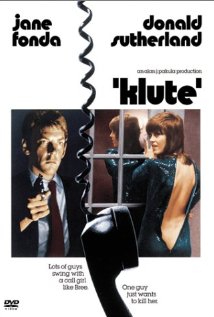 “Klute” (1971, Alan Pakula).12:15 a.m. (9:15 p.m.). Friday, Aug. 1. With Jane Fonda, Donald Sutherland, Roy Scheider and Jean Stapleton. Reviewed in FNB on Dec. 26, 2013. Part of Jane Fonda Day and preceded at 11 p.m. (8 p.m.) by the broadcast of “AFI Life Achievement Award: A Tribute to Jane Fonda” (2014).
“Klute” (1971, Alan Pakula).12:15 a.m. (9:15 p.m.). Friday, Aug. 1. With Jane Fonda, Donald Sutherland, Roy Scheider and Jean Stapleton. Reviewed in FNB on Dec. 26, 2013. Part of Jane Fonda Day and preceded at 11 p.m. (8 p.m.) by the broadcast of “AFI Life Achievement Award: A Tribute to Jane Fonda” (2014).
Sunday, August 3
2:15 a.m. (11:15 p.m.) “Advise & Consent” (1962, Otto Preminger). With Henry Fonda, Charles Laughton, Don Murray, Walter Pidgeon, Peter Lawford and Gene Tierney. Reviewed in FNB on Dec. 4, 2013.
Tuesday, August 5: Barbara Stanwyck Day
12:45 p.m. (9:45 a.m.): “Lady of Burlesque” (1943, William Wellman). With Barbara Stanwyck, Michael O’Shea and Pinky Lee. Reviewed in FNB on Dec. 12, 2012.
2:30 p.m. (11:30 a.m.). “The Two Mrs. Carrolls” (1947, Peter Godfrey). With Humphrey Bogart, Barbara Stanwyck and Alexis Smith. Reviewed in FNB on June 27, 2012.
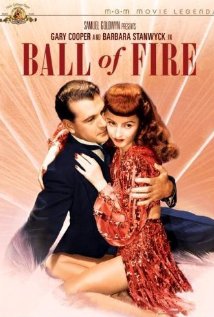 8 p.m. (5 p.m.): “Ball of Fire” (1941, Howard Hawks). Hawks and ace writing team Billy Wilder and Charles Brackett’s sparkling gangster romantic comedy, with Missy Stanwyck as a red hot jazz mama (in Gene Krupa’s swing band, no less). Dana Andrews as her mobster boyfriend, and Gary Cooper as the shy encyclopedia writer/editor who comes between them. Also around for the riffs: Henry Travers, S. Z. Sakall and Dan Duryea.
8 p.m. (5 p.m.): “Ball of Fire” (1941, Howard Hawks). Hawks and ace writing team Billy Wilder and Charles Brackett’s sparkling gangster romantic comedy, with Missy Stanwyck as a red hot jazz mama (in Gene Krupa’s swing band, no less). Dana Andrews as her mobster boyfriend, and Gary Cooper as the shy encyclopedia writer/editor who comes between them. Also around for the riffs: Henry Travers, S. Z. Sakall and Dan Duryea.
Wednesday, August 6: Paul Muni Day
8 p.m. (5 p.m.): “I Am a Fugitive from a Chain Gang” (Mervyn LeRoy, 1932). The scorching fact-based Warners social protest drama, based on Robert E. Burns’ autobiographical depiction of an innocent man (Paul Muni as Burns) wrongly condemned to life on a Georgia chain gang. A powerhouse of a movie that has never lost its punch. With Glenda Farrell, Preston Foster and Allen Jenkins.
9:30 p.m. (6:30 p.m.): “Scarface” (1932, Howard Hawks). With Paul Muni, George Raft, Ann Dvorak and Boris Karloff. Reviewed in FNB on July 17, 2014.





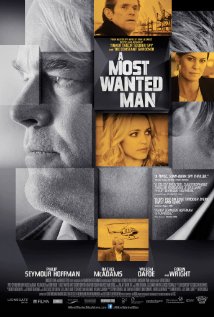
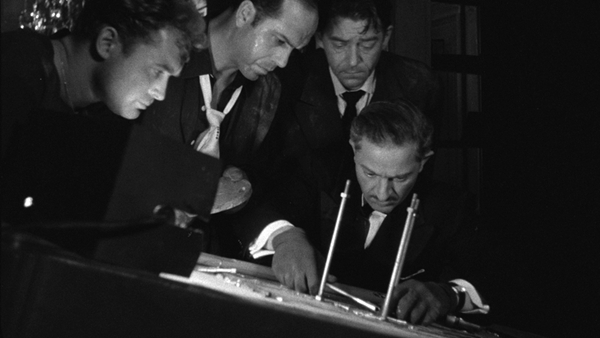
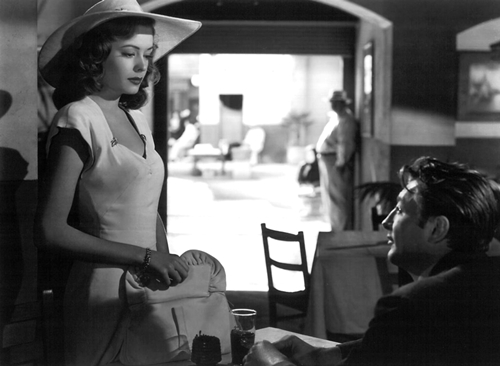
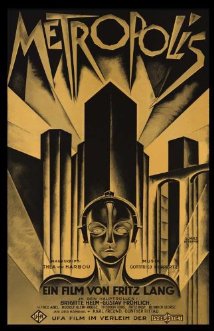
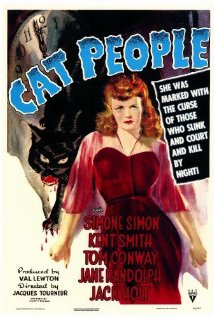
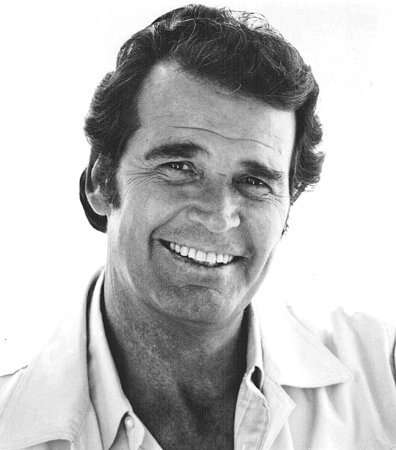
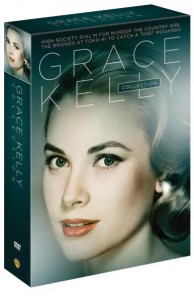
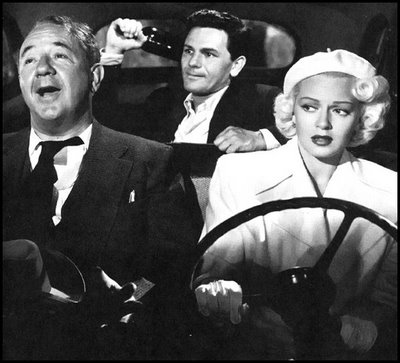
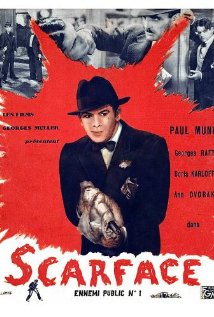
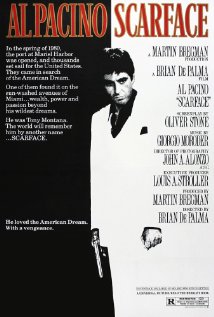
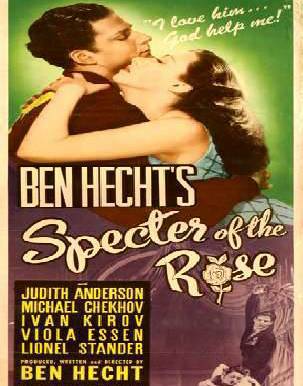

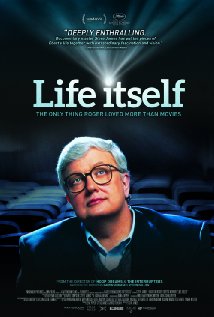





From FNB readers